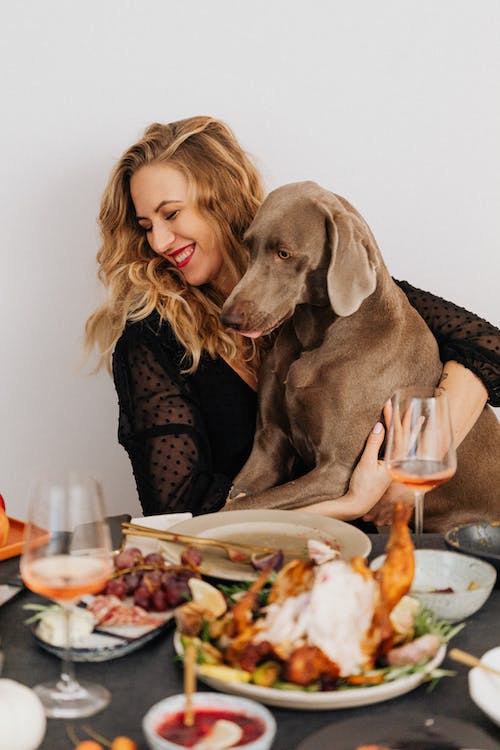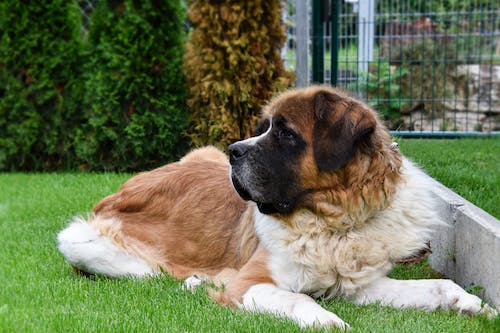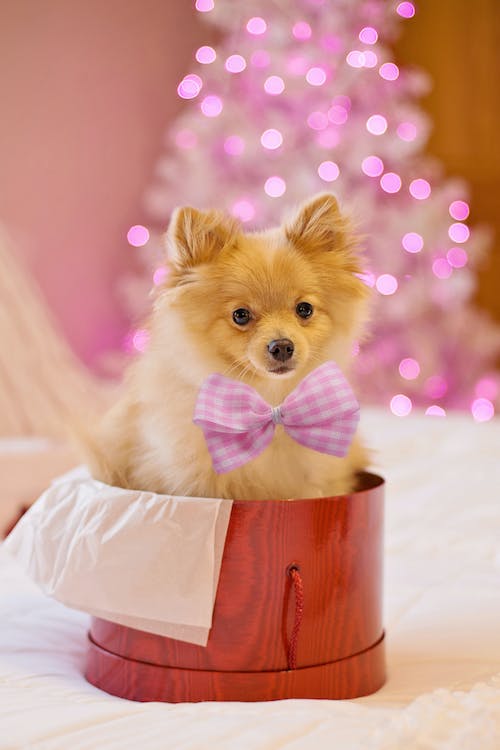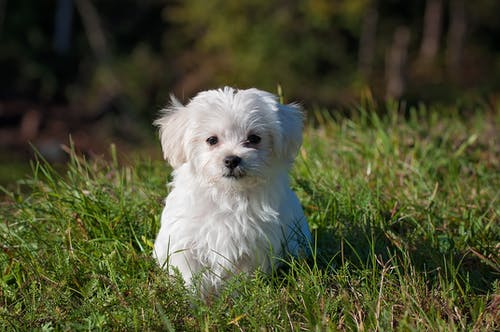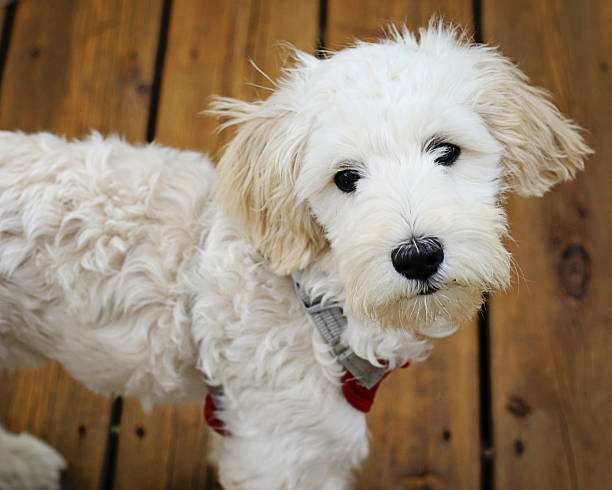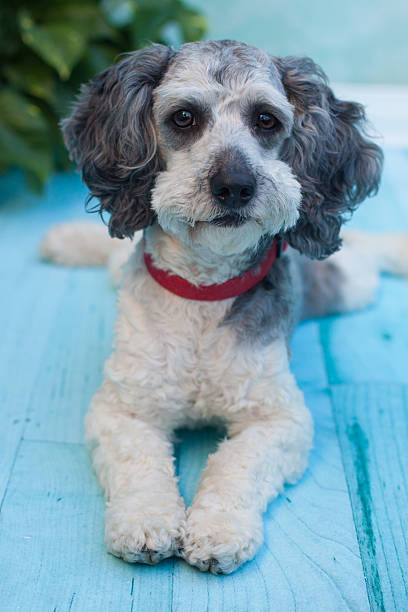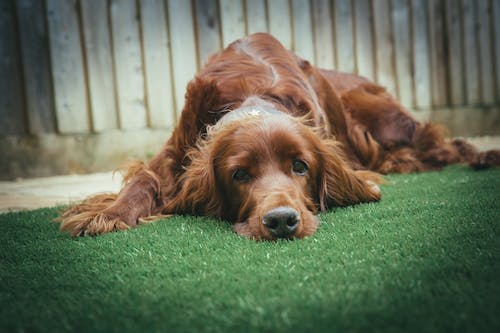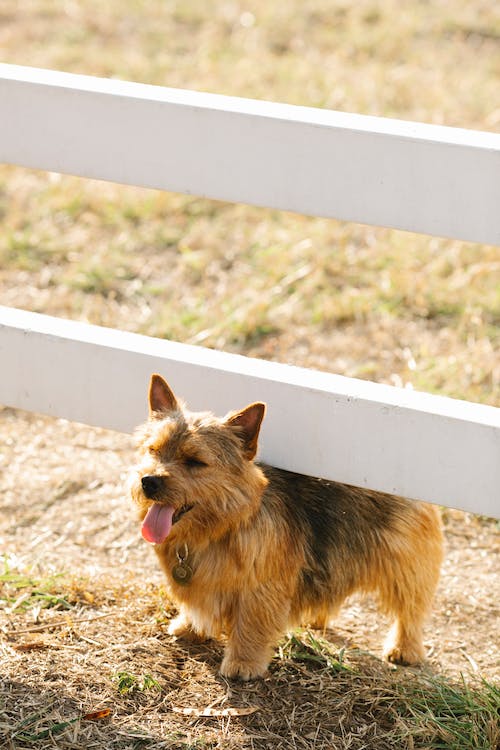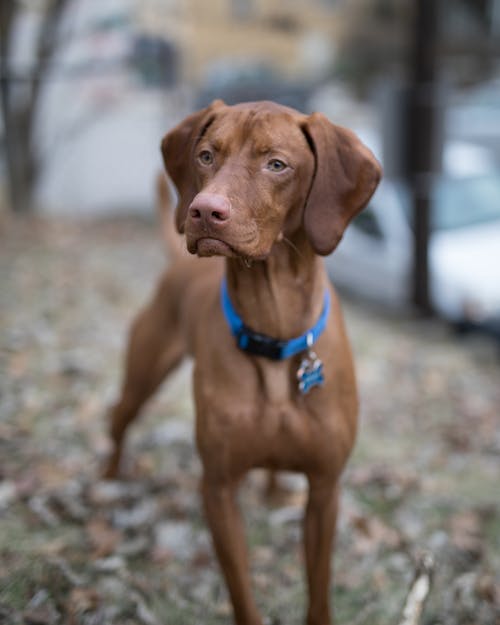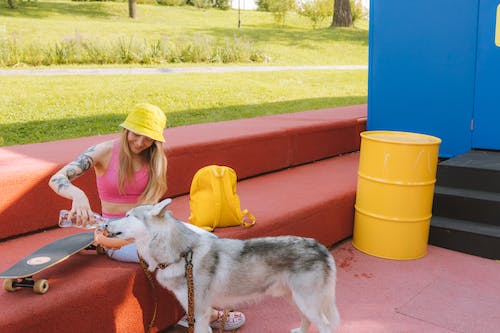Police dogs, also known as K9 units, play a vital role in law enforcement agencies worldwide. These intelligent and highly trained canines possess a unique set of skills that make them indispensable partners to police officers. While there are numerous dog breeds used in police work, each with their own strengths and specialties, certain breeds have proven to be particularly well-suited for this demanding job. These specialized police dog breeds are carefully selected based on their physical capabilities, temperament, and trainability. The choice of breed is crucial as it directly influences the effectiveness of the dog in various law enforcement tasks such as search and rescue operations, drug detection, tracking down suspects, and apprehending criminals. In this blog, we will explore some of the most common police dog breeds employed by law enforcement agencies worldwide.
Commonly Used Breeds in Police Work
When it comes to police work, certain dog breeds are favored for their exceptional skills and qualities. German Shepherds, known for their intelligence and versatility, are widely utilized in various law enforcement tasks such as tracking suspects, detecting drugs or explosives, and search and rescue missions. Belgian Malinois are another popular choice due to their high energy levels, agility, and fearless nature.
These dogs excel in apprehending criminals and protecting officers during dangerous situations. Labrador Retrievers are often employed as detection dogs due to their remarkable sense of smell. Their ability to sniff out narcotics or contraband makes them essential in drug enforcement operations. Similarly, Bloodhounds possess an unparalleled sense of smell that aids in locating missing persons or tracking scents over long distances.
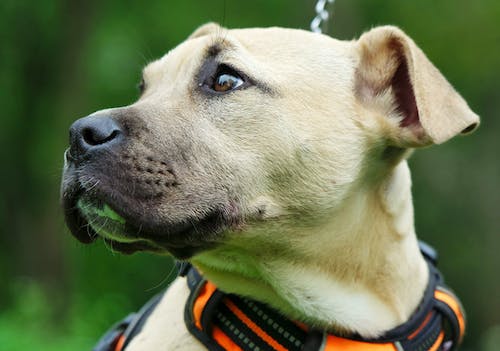
Training And Qualifications for Police Dogs
Police dogs undergo rigorous training programs to become effective members of law enforcement. The training process begins with a careful selection of suitable breeds known for their intelligence, agility, and temperament. German Shepherds, Belgian Malinois, Labrador Retrievers, and Dutch Shepherds are commonly chosen due to their natural instincts and abilities. The training typically starts at a young age, usually around 12-18 months old.
The dogs are taught basic obedience commands such as sit, stay, and come before progressing to more advanced skills. Police dogs receive specialized training in tracking scents, apprehending suspects, searching buildings or vehicles for contraband or missing persons, detecting narcotics or explosives, and providing protection to their human partners. To ensure the highest level of proficiency in real-life scenarios, police dogs also undergo extensive socialization exercises to acclimate them to various environments and situations they may encounter on duty.

